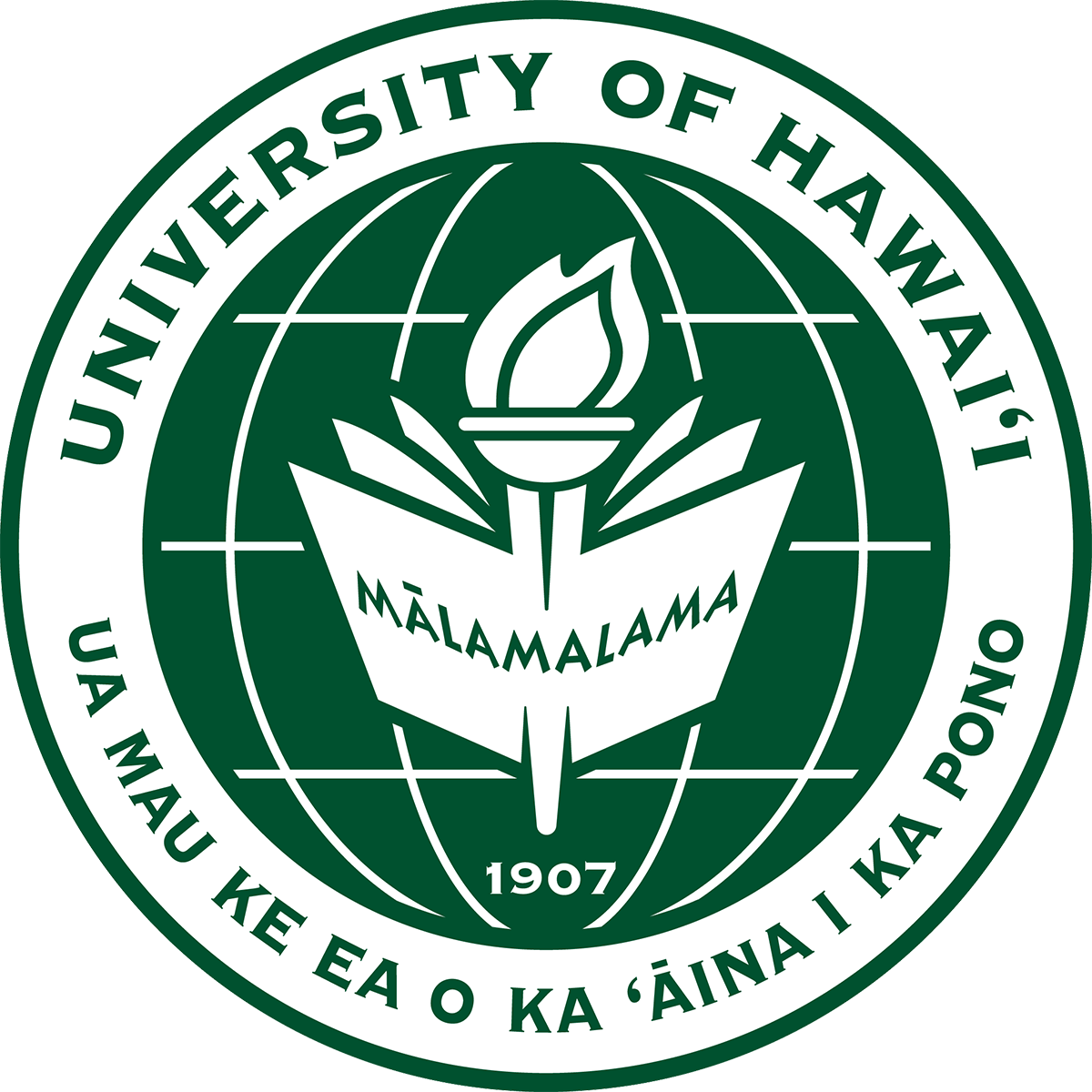
Exploring the Spectroscopic and Chemical Evolution of Surfaces of Airless Trans-Neptunian Objects by Ionizing Radiation

The prime directive of this proposal is to conduct laboratory simulation experiments on the interaction of ionizing radiation (Solar Wind Protons and Photons) with water (H2O), methane (CH4), nitrogen (N2), ammonia (NH3), and methanol (CH3OH) bearing ices representative of surfaces of trans-Neptunian Objects (TNOs) and to characterize the chemical and physical changes of these ices spectroscopically in the infrared (1-20 micrometer)/ ultraviolet-visible (0.2–1.1 micrometer) and through photoionization of the molecules subliming in the temperature programmed desorption (TPD) phase to 300 K. These findings will be applied i) to unravel the factors that control the spectral slopes and colors of airless TNOs, ii) to untangle the chromophores of molecules linked to the reddening of the surfaces of TNOs, which may also serve as a molecular clock in defining the evolutionary stage and the history of TNOs, iii) to define the key classes of molecules synthesized during the exposure of TNOs analog ices to ionizing radiation, and iv) to classify the level of molecular complexity that can ultimately be synthesized on TNOs. TNOs are among the least modified and hence most primitive objects in the Solar System. A study of TNOs is important because they are keys to understand the evolution of matter in the early Solar System and are considered as ‘natural time capsules’ at a frozen stage before life developed on Earth. Dynamical processes can move material from the TNO region into the inner Solar System and may well have played a role in delivering biorelevant molecules to early Earth. As TNOs are windows into the dawn of our Solar System, deciphering the chemistry of TNOs is therefore central to the understanding of the Origins of Life on Earth. This project is conducted in collaboration with Leslie A. Young, Southwest Research Institute.
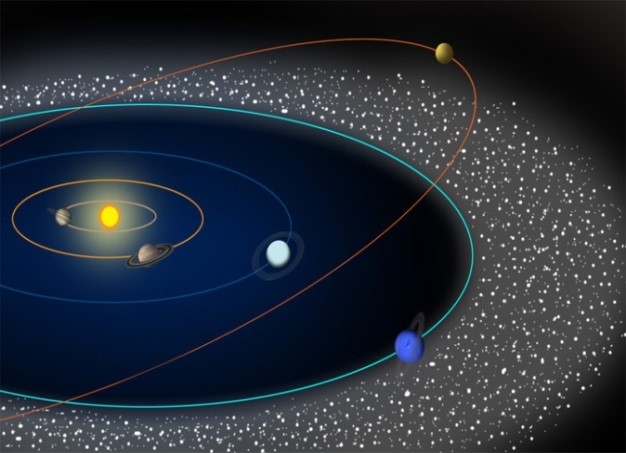
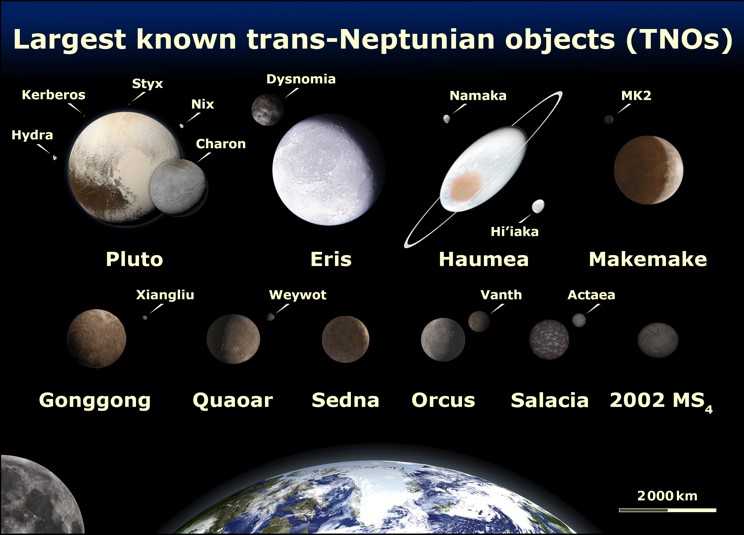
Our methodology is based on conducting laboratory simulation experiments, which replicate the interaction of ionizing radiation through proxies of Solar Wind Protons and Photons with astrophysically relevant ices on the surfaces of TNOs at temperature from 30 to 50 K in a next-generation ultra-high vacuum surface science machine. We exploit transformative, emerging analytical techniques, which have not been exploited in concert in previous TNO simulation experiments: a rigorous on line and in situ near and middle infrared (FTIR) and ultraviolet-visual (UV-VIS) spectroscopy of the processed ices to probe key functional groups of newly formed molecules along with single photon ionization (PI) and resonance enhanced multi photon ionization (REMPI) of individual molecules in the gas phase coupled with reflectron time of flight mass spectroscopy (PI/REMPI-ReTOF-MS). This study provides a detailed understanding of the interaction of ionizing radiation with icy surfaces on TNOs under realistic space conditions.
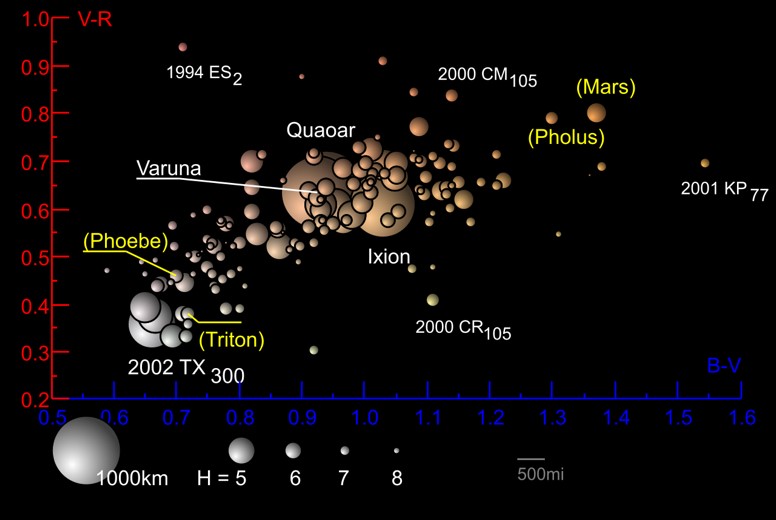
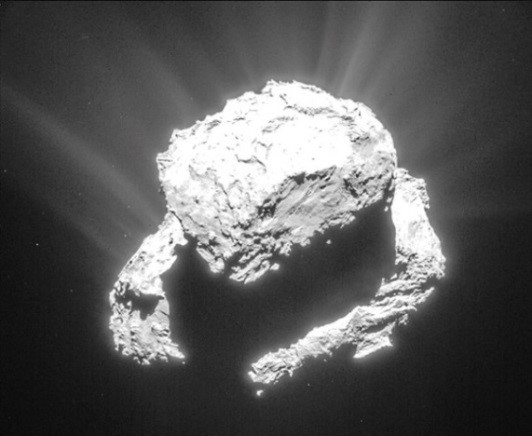
Recent Publications
1. C. Zhang, C. Zhu, A. M. Turner, I. O. Antonov, A. D. Garcia, C. Meinert, L. A. Young, D. C. Jewitt, and R. I. Kaiser, Processing of methane and acetylene ices by galactic cosmic rays and implications to the color diversity of Kuiper Belt object, Sci. Adv., 9 (22), eadg6936 (2023). (PDF) (Supplemental Information)
2. C. Zhang, J. Wang, A. M. Turner, J. H. Marks, S. Chandra, R. C. Fortenberry, R. I. Kaiser, On the Formation of Vinylamine (C2H3NH2) in Interstellar Ice Analogs , Astrophys. J., 952, 132 (2023). (PDF)
3. C. Zhang, V. Leyva, J. Wang, A. M. Turner, M. Mcanally, A. Herath, C. Meinert, L. A. Young, and R. I. Kaiser, Ionizing radiation exposure on Arrokoth shapes a sugar world, PNAS, 121, e2320215121 (2024). (PDF) (Supplemental Information)
4. J. Wang, A. A. Nikolayev, J. H. Marks, A. M. Turner, S. Chandra, N. F. Kleimeier, L. A. Young, A. M. Mebel, R. I. Kaiser, Interstellar Formation of Nitrogen Heteroaromatics [Indole, C8H7N; Pyrrole, C4H5N; Aniline, C6H5NH2]: Key Precursors to Amino Acids and Nucleobases, J. Am. Chem. Soc., 146, 28437−28447 (2024). (PDF) (Supplemental Information) (Data Files)
5. C. Zhang, L. A. Young, R. I. Kaiser, Chemical Evolution of Isotopically Labeled Carbon Dioxide (13CO2) Ice Exposed to Ionizing Radiation and Implications for Trans-Neptunian Objects, Astrophys. J., 980, 248 (2025). (PDF)
6. C. Zhang, J. Wang, A. M. Turner, L. A. Young, R. I. Kaiser, Spectroscopic Evolution in Ice Analogs of Trans-Neptunian Objects Exposed to Ionizing Radiation. I. Visible Reflectance Spectra and Colors, Astrophys. J. Suppl. Ser., 278, 30 (2025). (PDF)
7. C. Zhang, J. Wang, A. M. Turner, L. A. Young, R. I. Kaiser, Spectroscopic Evolution in Ice Analogs of Trans-Neptunian Objects Exposed to Ionizing Radiation. II. Infrared Spectra and Functional Groups, Astrophys. J. Suppl. Ser., 279, 1 (2025). (PDF)
